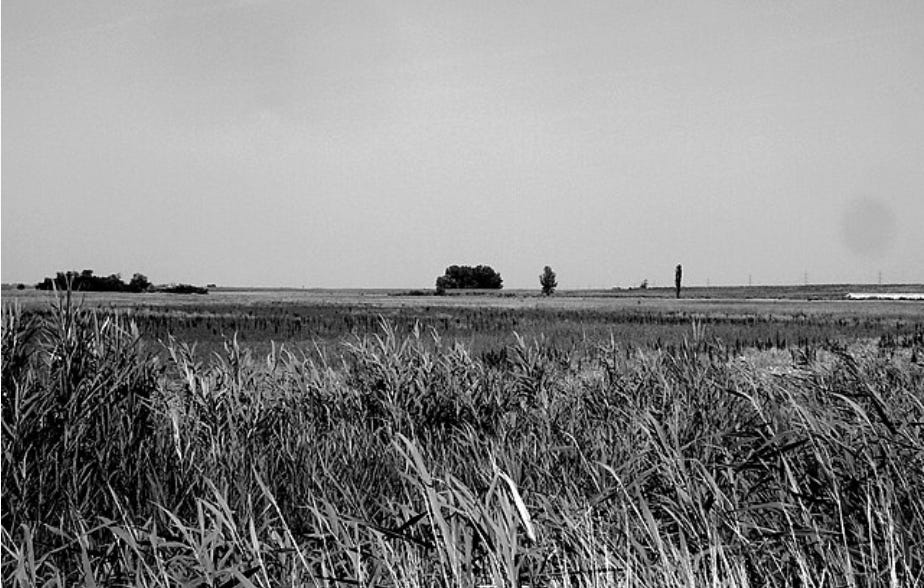on the edge of everything
Lazslo Krasznahorkai and the ratrace
There’s a city at the center of everything, and everyone you know lives there. The buildings gleam. The transit runs on time. At night, a million people breathe in synchronized sleep, dreaming synchronized dreams about staying exactly where they are.
But at the edge, the buildings begin to lean. The lights flicker. The hum fades to something closer to silence.
László Krasznahorkai, recent winner of the Nobel Prize, writes about the people who keep walking past that first lean. “I am not interested in the apocalypse,” he once said, “but in what comes after.” His characters already live in the ruins. Hungarian villages, ruins where structures stand halfway between architecture and rubble, where the disaster everyone fears has already happened quietly.
The center of everything survives on forgetting. Every morning, the alarm clock, the commute, the meeting. Life consists of rituals of not-looking, of keeping eyes fixed on gleaming buildings, on the promise that if you just stay synchronized, meaning will arrive like a train that’s only temporarily delayed.
But at the edge, time obeys different laws. Entropy instead of efficiency. What remains after everything inessential has been stripped away. And what remains is rarely what the center promised.
The walk to the edge isn’t about leaving your job or moving to the countryside. It’s about the moment you stop believing that progress is inevitable, that your efforts guarantee meaning, that if you just keep running on the treadmill, eventually you’ll arrive somewhere worth arriving at. It’s the recognition that you’re already living in the ruins of promises that were never going to be kept.
The center will be there tomorrow morning, humming its promises. And you’ll have to decide again whether to believe them.




tragically beautiful